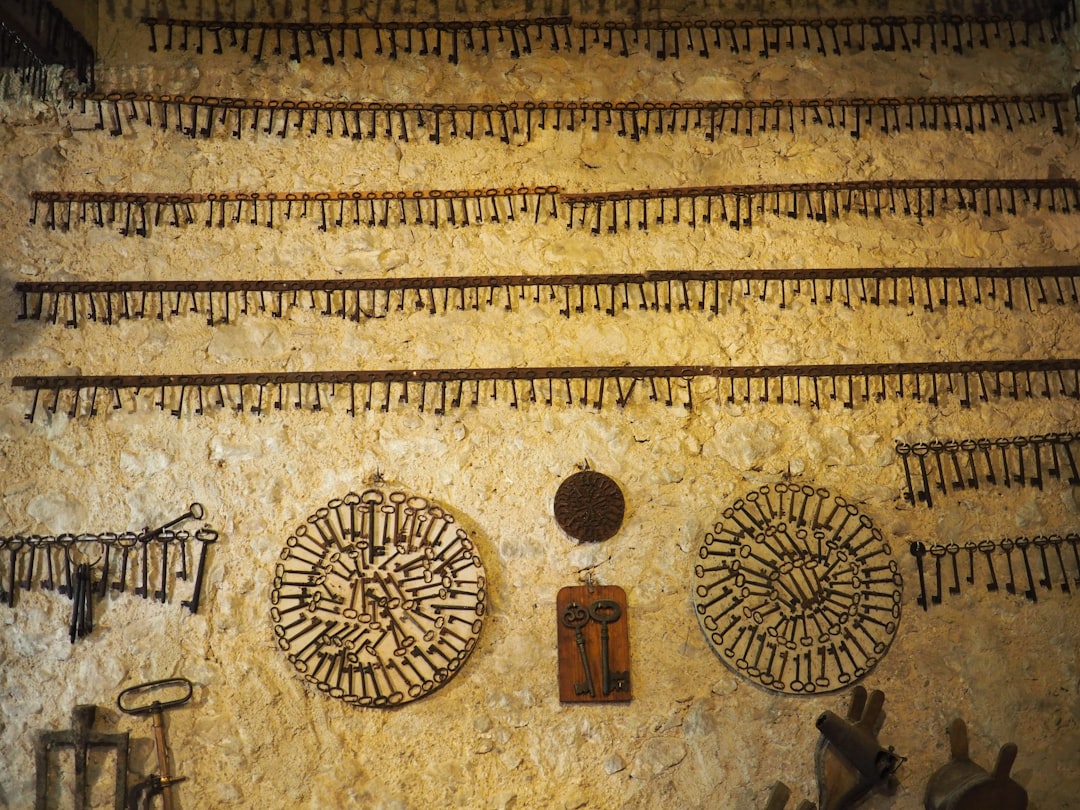Among the many poetic forms in Persian literature, few are as concise and yet as profoundly expressive as the rubā‘ī (plural: rubā‘iyyāt). In just four lines, the rubā‘ī distills deep reflections on life, love, time, and existence—often packing the weight of a philosophical treatise into the space of a breath.
From the meditative verses of Omar Khayyam to the spiritual insights of Rumi, the rubā‘ī has endured across centuries and cultures. But what gives this simple form such lasting power?
What Is a Rubā‘ī?
A rubā‘ī is a quatrain—a poem of four lines—written in a specific meter known in Persian prosody as baḥr-e hazaj. The typical rhyme scheme is AABA, though variations do exist.
Its brevity makes it deceptively simple. While it lacks the lyrical expansion of the ghazal or the epic sweep of the masnavi, the rubā‘ī thrives on its economy. It aims for the heart with directness, clarity, and often a twist in the final line that redefines the whole poem.
Origins and Evolution
The rubā‘ī is believed to have emerged in the early Islamic period in Persia, possibly as an adaptation of Arabic poetic meters. It gained popularity as a standalone form but also appeared in clusters or sequences, especially in mystical and philosophical works.
Though many poets have tried their hand at the rubā‘ī, it is Omar Khayyam (1048–1131) who immortalized the form in world literature. His rubā‘iyyāt—translated widely, most famously by Edward FitzGerald—captivated global audiences with their meditations on fate, wine, love, and impermanence.
But Khayyam was not alone. Persian poets across time have employed the rubā‘ī to voice wonder, longing, despair, and joy. Attar, Rumi, Baba Taher, and Mahsati Ganjavi are just a few of the many names linked to this versatile form.
Why the Rubā‘ī Endures
-
Brevity and Depth
Like a flash of insight, a rubā‘ī delivers a complete emotional or philosophical experience in just four lines. This compact form appeals to both readers and writers for its intensity and clarity. -
Philosophical and Mystical Power
The rubā‘ī is often used to express complex ideas: the transience of life, the illusion of the material world, the yearning for union with the divine, or the paradoxes of fate and free will. Its structure supports such meditations beautifully. -
Versatility
Rubā‘iyyāt can be sensual or spiritual, humorous or solemn. They are found on gravestones, in song lyrics, and in the pages of both philosophical works and Sufi treatises. A single rubā‘ī can stand alone or be part of a larger poetic sequence. -
Musicality and Memorability
The repetition and rhythm of the form make rubā‘iyyāt easy to remember and recite. This has contributed to their popularity in oral traditions and gatherings such as sufi sama‘ or literary majlis.
A Closer Look: Sample Rubā‘ī by Omar Khayyam
The moving finger writes, and having writ,
Moves on; nor all thy piety nor wit
Shall lure it back to cancel half a line,
Nor all thy tears wash out a word of it.
This famous translation captures the rubā‘ī’s ability to hold time, regret, and fatalism in a few tight, unforgettable lines.
The Rubā‘ī in Modern Times
Today, the rubā‘ī continues to inspire poets around the world. In Iran and other Persian-speaking countries, rubā‘iyyāt are still composed, studied, and celebrated. In the West, the form has influenced poetry in English, French, and many other languages—sometimes used traditionally, sometimes adapted with new rhyme schemes and meters.
Beyond literary circles, the rubā‘ī has also found its way into popular culture, philosophy, and even tattoo art—a testament to its universal resonance.
Final Thoughts
The rubā‘ī is proof that poetry doesn't need length to achieve depth. In its brief span, it can illuminate the joy of a fleeting moment, the ache of lost love, or the silence at the heart of the universe.
Its endurance speaks to its humanity—our desire to understand the world, and ourselves, in distilled, beautiful words.
Whether uttered over a cup of wine, whispered in prayer, or carved into stone, the rubā‘ī remains a powerful voice in the chorus of Persian literature—ever ancient, ever fresh.





